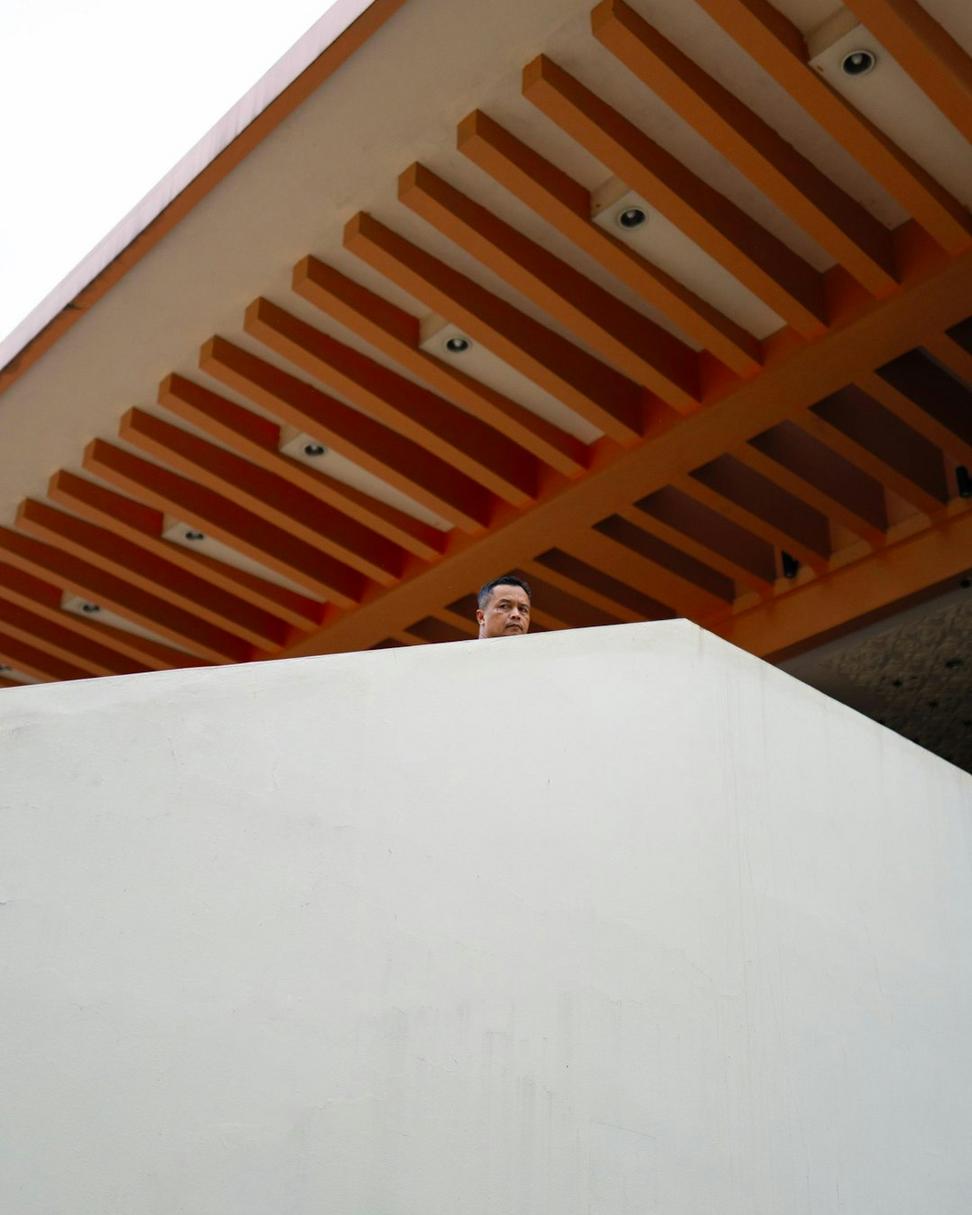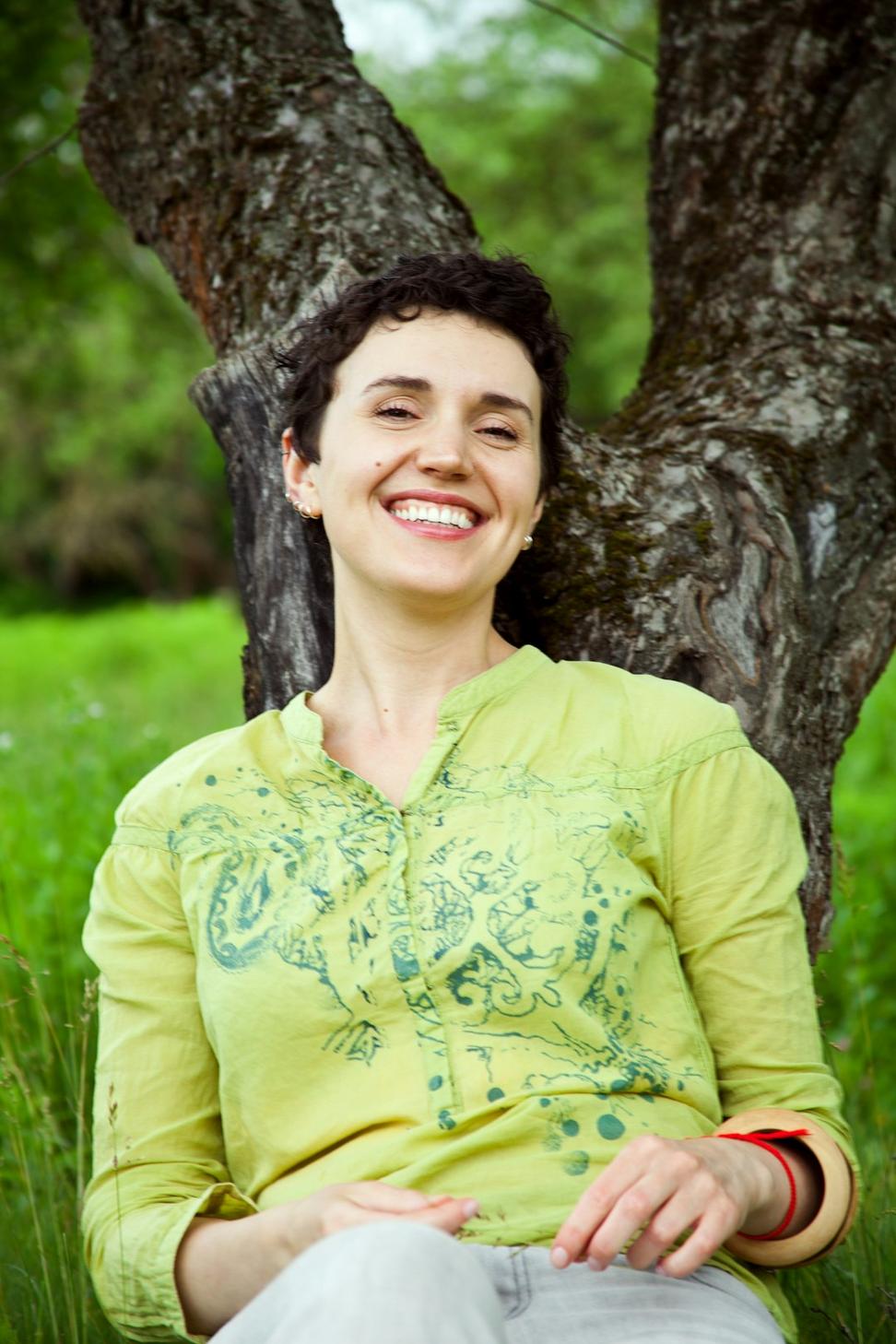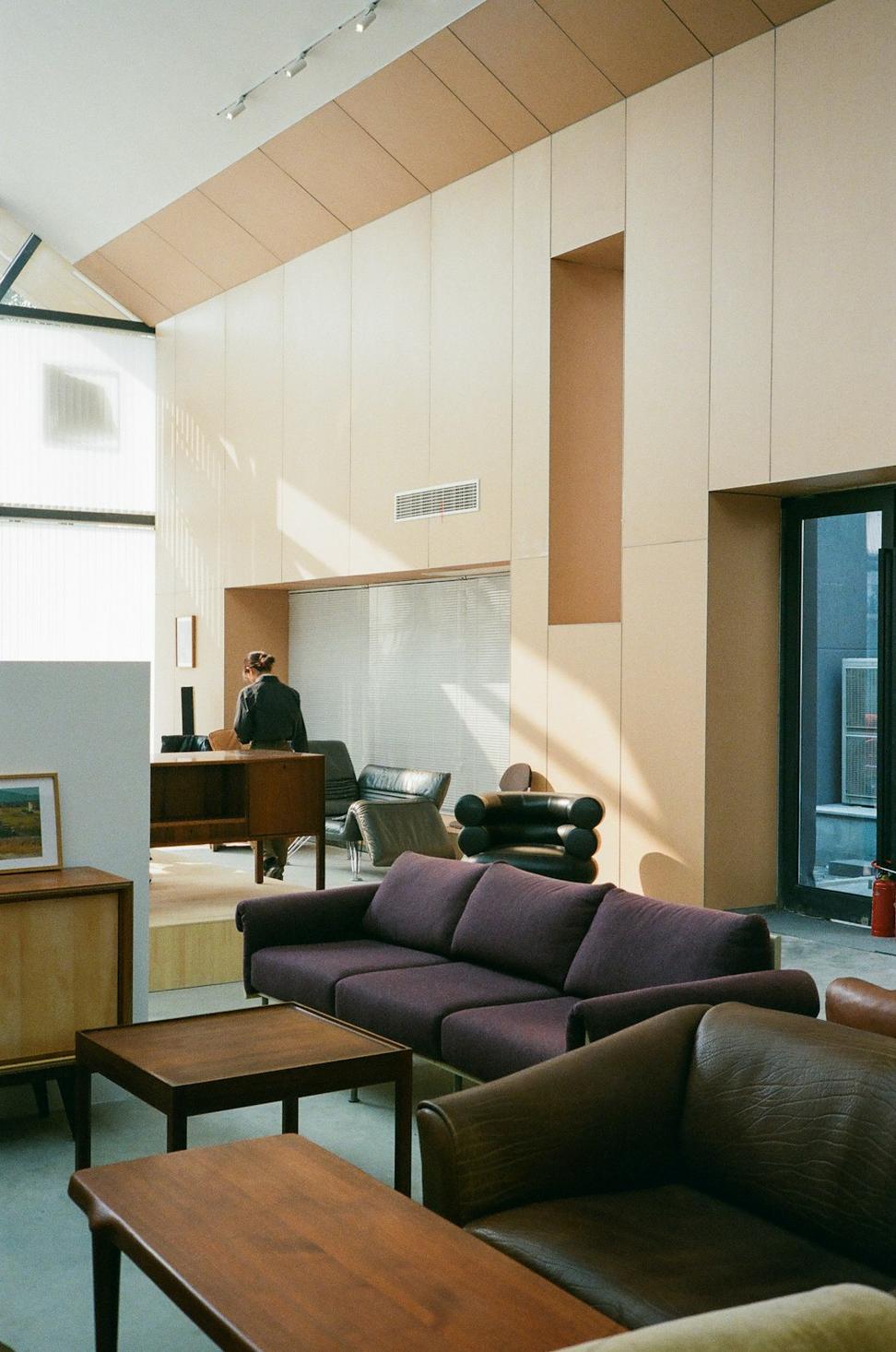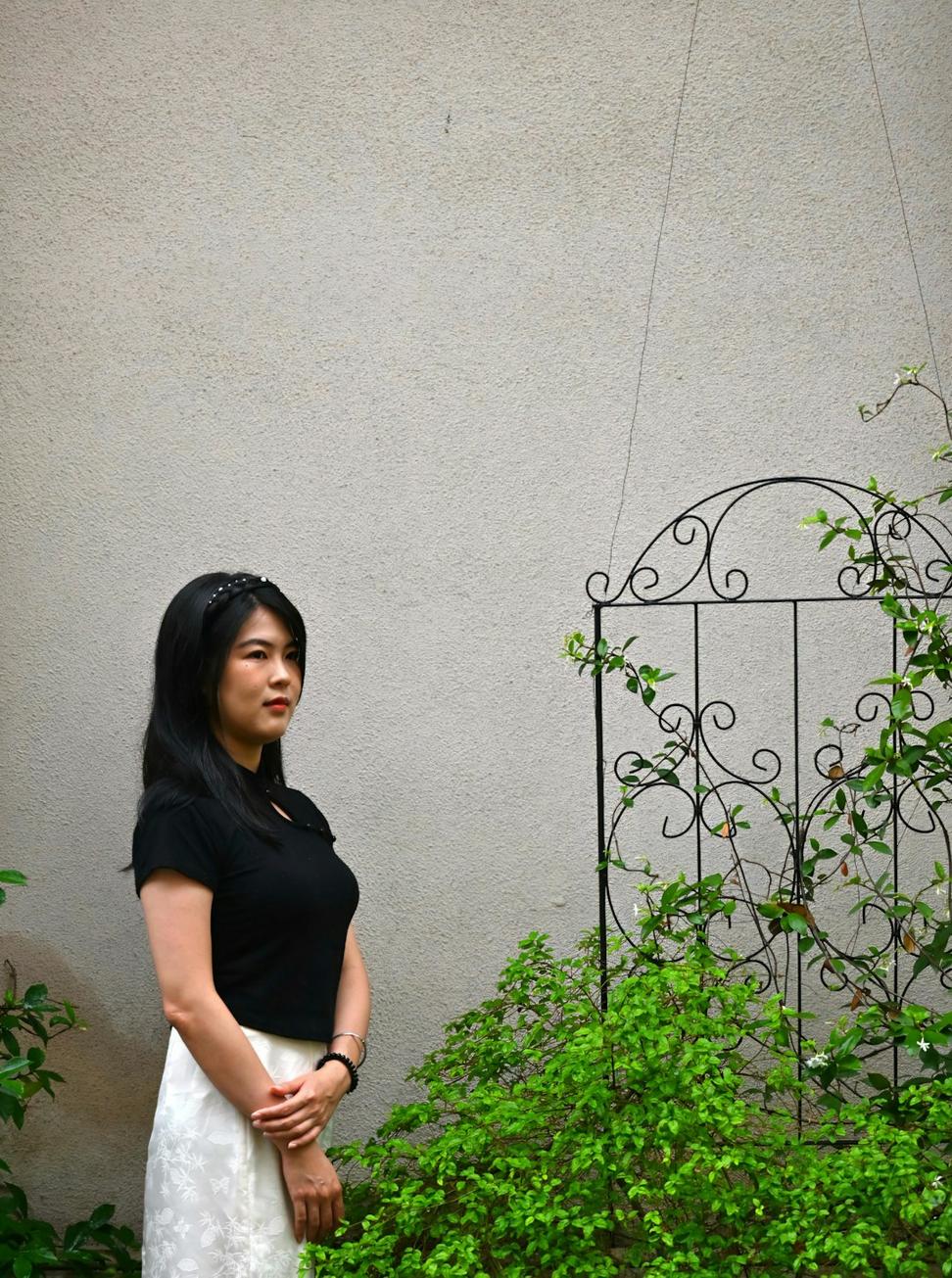Meet the Team
The folks who actually make this work
Sarah Chen
Principal Architect & Founder
Sarah spent five winters in Whitehorse before realizing traditional architecture education hadn't prepared her for what cold really means. She founded Frozen Quintara after completing a research project on indigenous building techniques in northern Canada. These days, she's obsessed with thermal bridging solutions and can talk your ear off about vapor barriers. She's also weirdly competitive about energy modeling results.
Marcus Thornberg
Senior Designer, Cold Climate Specialist
Marcus grew up in Inuvik and brings a perspective most architecture firms can't buy - he actually lived what we're trying to design for. He's our go-to for understanding how people really use spaces when it's minus forty outside. Before joining us, he worked with several northern communities on housing projects that actually survived their first winter (which is apparently harder than it sounds).
Dr. Elena Kowalski
Sustainability Director
Elena's got a PhD in environmental science and zero patience for greenwashing. She keeps us honest about what "sustainable" actually means in practice, not just on paper. Her background in permafrost research means she's constantly warning us about things we didn't even know we should worry about. She's usually right, which is both helpful and slightly annoying.
James Okalik
Project Manager & Community Liaison
James bridges the gap between architectural theory and on-the-ground reality. He's worked construction in some of Canada's most remote locations, so he knows exactly which "brilliant designs" are gonna make builders want to quit. His project management style is basically: if it can't be built in a blizzard with frozen fingers, it's not going in the plans.
Aisha Patel
Interior Design Lead
Aisha specializes in making interior spaces feel warm without cranking the heating bill through the roof. She's particularly good at figuring out how natural light works when you've got limited daylight for half the year. She came to us from a firm in Oslo and brought a whole toolkit of Scandinavian design principles that we've adapted for North American contexts. She's also probably the reason our office actually looks decent.




